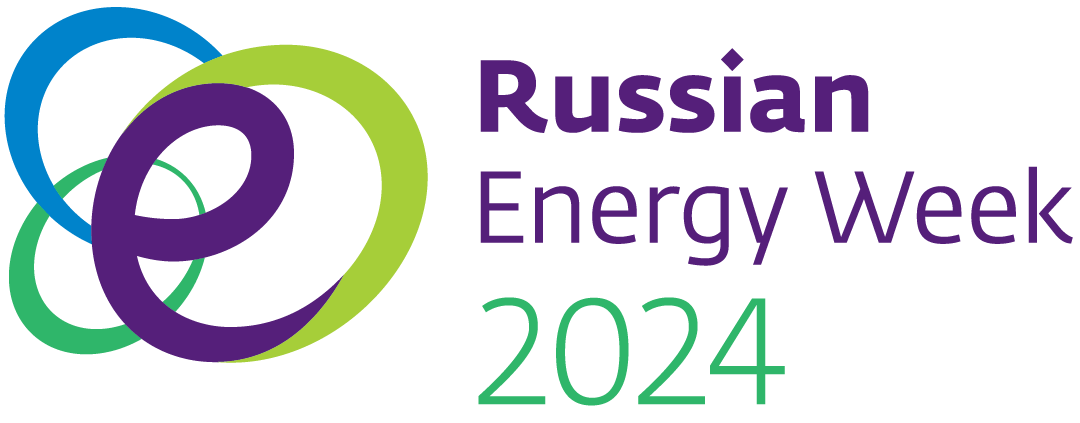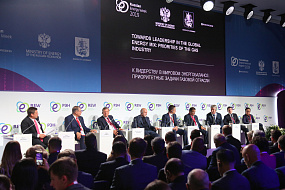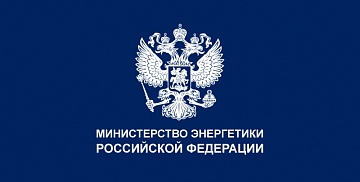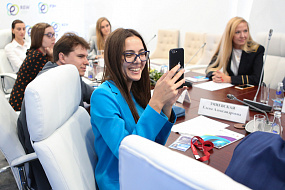Renewable Energy Sources in Russia: From the Wholesale Market to Supplying Energy to Isolated Regions
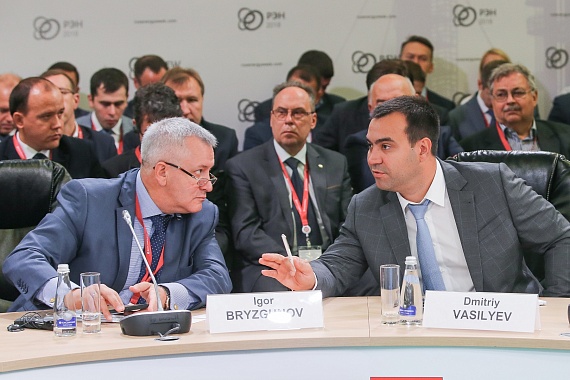
KEY CONCLUSIONS
Renewable
energy sources are gaining popularity in Russia
“Russia has something to boast about in the renewable
energy sector today [...] Solar energy is becoming so popular that [...] there
have been cases of solar modules being stolen”, Russian Solar Energy
Association Director Anton Usachev said.
“Starting from 2006, we have built all the local
systems [...] In some places [...] we have micro hydroelectric power plants, in
some places [...] we have sun and diesel, and in some places, we have wind and
diesel [...] We are able to meet our needs at peak times and during the
daytime”, First Deputy Chairman of the Government of the Altai Republic Robert
Paltaller said.
RES generation will help solve the problem of energy
supply to isolated and rural areas
“Altai [...],
the Far East, Siberia, Buryatia, Kalmykia, the Transbaikal, Kamchatka,
Sakhalin, Primorye, Chukotka – almost all these areas have isolated territories
without a constant source of electricity [...] Twenty million people are
located beyond systemic power generation [...] Roughly RUB 100–150 billion are
spent annually on deliveries to the north [...] and expenses on supplying fuel
and electricity to these areas”, Hevel Group General Director Igor Shakhray
said.
“Small [wind
power plants] are capable of conserving diesel fuel, and today throughout
Russia [...] we have 50,000 diesel systems [...] whose consumption could be
[...] replaced by a renewable source at a rate up to 50% [...] Such
installations exist”, Russian Association of Wind Power Industry Chairman Igor
Bryzgunov said.
“In the Republic of Buryatia, there is a farmer to
whom we supplied a hybrid unit. He has been using solar modules, a battery, and
diesel there [...] for 6 months [...] With the support of the regional
authorities, we can implement this system and resolve the [...] issue for
agriculture in all regions that have a distributed network of farmers”, Shakhray
said.
PROBLEMS
Shortcomings in
regulation
“In terms of
distributed generation [...] we do not have an understanding of how this will
be regulated. And until we have this understanding, we won’t likely be able to
provide lending for it over a long period so that it is commensurate with the project’s
payback period”, Gazprombank Vice
President for Energy and Utilities Vadim Dormidontov said.
“Mechanisms
have been launched and broken in on the wholesale market [...] We need to start
promoting [...] RES in other segments [...] For most renewable energy
facilities, the stringent requirements for the design and construction of major
generating facilities [...] are superfluous”, Deputy Head of the Department of
Electric Power Development at the Russian Ministry of Energy Andrey Maximov
said.
Lack of building materials and infrastructure in
remote territories
“We need
solutions that will reduce the cost and time of delivery and, most importantly,
installation [...] We understand that there are no inert materials [...] for
the installation of [...] wind turbines in [remote] territories based on the
existing requirements. We have to deliver sand, crushed gravel, [...] and
cement from the mainland. This all has a major impact on the cost of these
projects [...] Perhaps some modular decisions can be made”, Peredvizhnaya
Energetika (Mobile Energy) Director General Yuriy Mirchevskiy
said.
SOLUTIONS
Improving the
regulatory framework for the development of distributed generation and RES
“There is one segment that could provide [...] an
incentive – retail microgeneration. Given that we have 140 million [people]
living in our country, each of them is a potential consumer for solar modules,
wind turbines, small hydroelectric power plants, etc. This audience [...] is
keeping a close eye on developments and waiting for a law to be adopted that
allows for the installation of small units [with capacity of] up to 15 kW”,
Usachev said.
“Such a draft law [allowing to install small units]
exists. It has almost undergone all the endorsements [...] and has been submitted
to the State Duma for the fall session [...] In principle, there are no
disagreements on it. It provides for a number of innovations. The actual concepts
of microgeneration are defined [...] It states that units with capacity not
exceeding 15 kW do not need to be certified. There is no procedure to confirm
that it is a renewable energy unit, which exists in the wholesale market [...] So
we assume that the procedure will be very simple. The law also requires guaranteed
suppliers to purchase this electricity if the owner’s output exceeds [...] the
level of consumption. This will make it possible for people to not only install
these units to cover their own consumption, but also to sell this electricity,
thereby increasing its payback level and reducing it in terms of time periods”,
Maximov said.
“We are resolving the issue of the lack of stable
electricity in [...] [isolated] areas [...] To solve this issue systematically,
we need an adjustment to Government Resolution No. 1178 [...] which [...]
regulates work on this market [...] The first adjustment [...] is that
compensation from the conservation of diesel fuel should provide an investor
with the opportunity to recoup investments [...] so that this compensation is
not immediately taken by the government. Then there will be numerous investors
in these territories [...] The second adjustment [...] is to extend the feasibility
of returning investment during the payback period [...] This also applies to
wind power and solar”, Shakhray said.
“Two mechanisms
that we are also planning and developing are the theme of concessions [...]
which allow us to take diesel and transfer it at least for the payback period
to an entity [...] that comes in with a wind turbine, solar, etc. The second
issue [...], which has already been implemented, is the theme of the return.
Regulatory acts have already been issued. They allow for providing investors
with a return more than 12–14% in isolated areas [...] if this ultimately leads
to a reduction in tariffs for consumers”, Maximov said.
“The Federal
Antimonopoly Service has already prepared a resolution on long-term tariffs [as
regards distributed generation] [...] [They] will be valid and in isolated
territories [...] the tariff will be fixed for each year ahead”, Head of the
Electrical Energy System Regulation Division at the Russian Federal
Antimonopoly Service Dmitry Vasilyev said.
Use of storage
devices
“The issue of night-time needs to be resolved and
[...] the solution is quite close – solar energy storage devices. If we start putting
them up, then [...] we could have a pilot version of such a stable power supply
system for consumers in the Altai Republic”, Paltaller said.
“Total has a full cycle all the way up to the
distribution of electricity to consumers. We produce electricity and other
forms of energy. And in this regard, we need a company that works in energy
storage. This is important for this chain. The degree of network stability is increasing,
and as a result, the risk of network losses is increasing. Storage systems and energy
storage devices help to avoid such situations and blackouts. They enable you to
complement your macro or regional network. You can switch between sources of
energy”, Executive Vice President for Transportation, Telecom and Grid within
the Saft Groupe of the Total Groupe Herve Amosse said.
Concluding contracts on a ‘green tariff’ basis
“The international network holdings that work in the Russian Federation [...] are interested in [...] the consumption of a ‘green tariff’ [the cost of a kilowatt of electricity generated using RES] [...] A contract for the sale of electricity can be signed directly with a company that produces solar- or wind-based electricity”, Shakhray said
